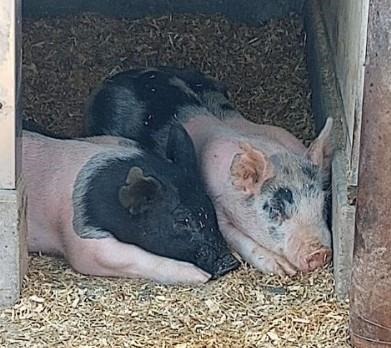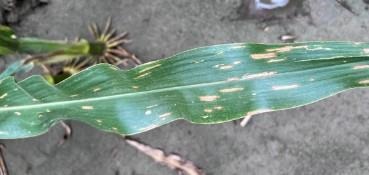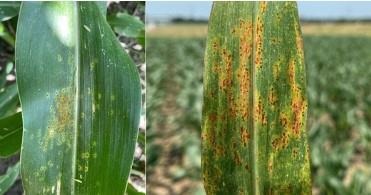By VIRGINIA A. ISHLER
Production perspective:
Ration costs for dry cows and heifers typically do not get examined as closely as the lactating herd. However, their costs can substantially "eat" away the margin if not monitored. Unlike the milking cows, which are the income generators, dry cows and heifers are not contributing income for at least 60 and 730 days respectively. It is assumed that crops raised to feed dry cows and heifers are less expensive compared to purchasing forages at market prices. Since evaluating a farm's cropping enterprise can be elusive, it is difficult to separate fact from fiction. The reality lies somewhere in between.
The Penn State NE-SARE Sustainable Dairy Cropping Systems Project was initiated in 2010 at the Russell E. Larson Agricultural Research and Education Center. It was an interdisciplinary experiment comprising two diverse six-year crop rotations designed to produce all crops to sustain an average-sized Pennsylvania dairy herd. The cropping enterprise was evaluated intensively from 2011 through 2017. The financials were developed to mimic a 65 lactating cow dairy operation. The home-raised feed costs from this project were used in the Dairy Sense rations for dry cows and heifers (Figures 1 and 2). The annual average market price for each forage and feed was used to represent the ration market price. Corn silage, sorghum silage, mixed grass silage and hay, corn grain, canola meal and a mineral vitamin mix were the ingredients used for the dry cows and heifers. In the cost-based rations, only canola and the mineral vitamin mix were purchased feeds.
The growing season in Pennsylvania from April through October can present many weather-related challenges. The home-raised feeds from the central part of the state from 2011-2017 reflect severe drought and excessive moisture conditions in spring and/or fall. The major impact is on yield and the unit cost per ton. Over the span of seven years, for the dry cows and springing heifers (Figure 1), there are two years where it was cheaper to purchase forages compared to the rations containing home raised feeds (2012 and 2016). For breeding age and pregnant heifers, the results are not as clear cut (Figure 2). The young heifer group is receiving more grain. The home-raised corn is a higher percentage of the diet compared to the other animal groups. Corn grain production was very efficient and that is reflected by the cost scenario consistently being more favorable compared to the pregnant heifers, which are fed a very high forage diet. Only three years, 2014, 2015, and 2017 show a substantial advantage in the cost-based rations versus the market rations. What is the take home message?
Much of the time the market price will exceed home-raised feed costs; however, extreme weather events can derail the cost advantage. If yields and input costs are not being monitored, then it is a guessing game on what is happening on farm. In these examples, corn grain was home-raised, which provided a distinct advantage to the heifers receiving a higher concentrate diet. The degree of difference between market and cost rations for dry cows and older heifers reflects these animal groups receiving a very high forage diet. To lower feed costs may require examining the cropping enterprise more closely. Typically, purchasing both forages and grains for dry cows and heifers tends to negatively impact profitability by causing excessively high feed costs. However, depending on the year, it is not necessarily a given that home-raised feeds will be cheaper than the market is offering.
Figure 1. Ration costs for dry cows and springing heifers.

Figure 2. Ration costs for breeding age and pregnant heifers.

Economic perspective:
Monitoring must include an economic component to determine if a management strategy is working or not. For the lactating cows, income over feed cost is a good way to check that feed costs are in line for the level of milk production. Starting with July 2014's milk price, income over feed cost was calculated using average intake and production for the last six years from the Penn State dairy herd. The ration contained 63% forage consisting of corn silage, haylage, and hay. The concentrate portion included corn grain, candy meal, sugar, canola meal, roasted soybeans, Optigen and a mineral vitamin mix. All market prices were used.
Also included are the feed costs for dry cows, springing heifers, pregnant heifers, and growing heifers. The rations reflect what has been fed to these animal groups at the Penn State dairy herd. All market prices were used.
Income over feed cost using standardized rations and production data from the Penn State dairy herd.

Feed cost/non-lactating animal/day.

Source : psu.edu